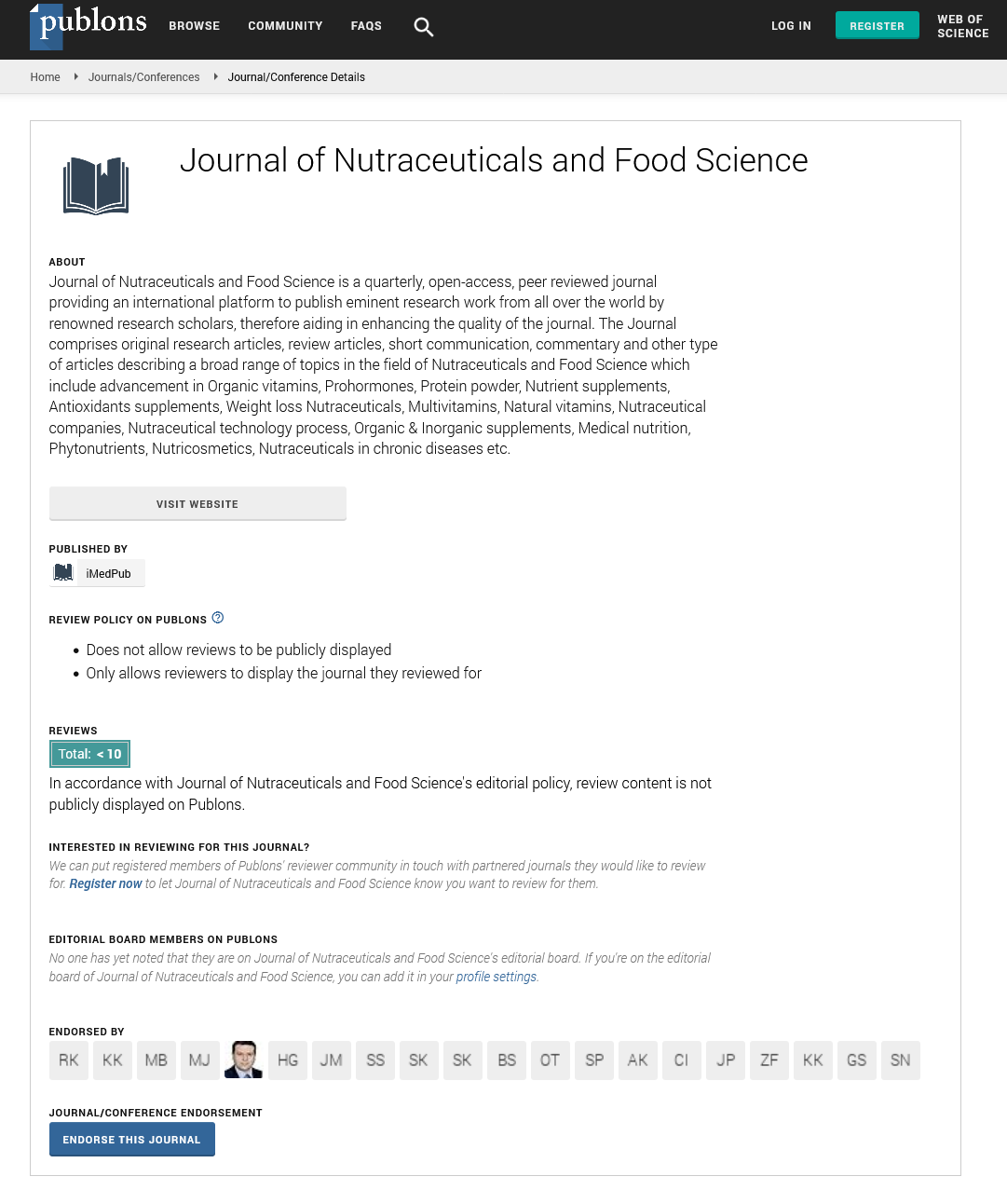Abstract
The unusual pattern of bacterial evolution: Genomes of Clostridium botulinum and some other bacterial species carry eukaryotic genetic loci involved in coding for 18S and 28S ribosomal subunits
Recent findings, elucidating genetic recombination between prokaryotic endosymbionts and their eukaryotic hosts, suggest that interdomain gene transfer may appear to be unexpectedly frequent (Woolfit et al., 2009, Mol Biol Evol. Feb;26[2]:367-74.). It has been also suggested that eukaryotic genes horizontally transferred to bacteria can provide new gene functions leading to improved metabolic plasticity and facilitated adaptation to new environments (Li et al. 2019, Nucleic Acids Res. Jul 9;47[12]:6351-6359).
Here, we provide strong evidence for the presence of certain eukaryotic genetic loci in the genome of Clostridium botulinum, the species that has the ability to produce a botulinum neurotoxin leading to the neuroparalytic foodborne disease called botulism. In this study, we also elucidate evidence for the presence of these genetic loci as well across the genomes of some other bacterial species and genera. In the in-silico experiments, we analyzed the genomes of two strains of C. botulinum (MFBjulcb1 and MAP 5) recovered from a retail fish marker in the city of Cochin, India. The strains MFBjulcb1 and MAP 5 were recovered in the summer seasons (June) of 1992 and 2005 respectively. The DNA sequences of the above strains genomes (GenBank IDs: CP027775.1 and CP027781.1 respectively) were available in the GenBank database of the National Center for Biotechnology Information (NCBI) (https://www.ncbi.nlm.nih.gov/). In the genomes of these strains, we screened specifically for the genetic loci that either were involved in coding for hypothetical proteins, or were annotated with the low-probability prediction (i.e., those, prediction for which, was “too short”). The identified genetic loci were then blasted against both the eukaryotic genome (taxid:2759) and the prokaryotic genome (taxid:2) collections (nr/nt), using the Basic Local Alignment Search Tool (BLAST) with the megablast algorithm. The generated BLAST-hits, being in a range of ≥95% of DNA identities, were then selected and analyzed to identify eukaryotic genetic loci that could be highly homologous to the query DNA sequences of the strains MFBjulcb1 and MAP 5. Both the query DNA sequences and their homologs were aligned by ClustalX (version 2.1) for the phylogenetic and genetic recombination analyses. The aligned DNA sequences were analyzed to determine genetic relatedness of the above genetic loci using the neighbor-joining (NJ) algorithm implemented in the SplitsTree program (version 4.14.4). The splits decomposition method and the Phi (Pairwise Homoplasy Index) test, both implemented in the same program, were applied to detect events of genetic recombination of these selected genetic loci between the BLAST query and subject organisms. Bootstrap values ≥ 95 (from 10000 replicates) for nodes of each parallelogram, and fit values ≥ 95 for each splits network, were considered to be statistically significant in the splits decomposition analyses. SplitsTree-identified HGT events were further reexamined using RDP, GENECONV, BootScan, MaxChi, Chimaera, SiScan, Phylpro, and 3Seq, implemented in the RDP4 software package (Beta 4.96).
Author(s): Mamuka Kotetishvili
Abstract | Full-Text | PDF
Share this

Google scholar citation report
Citations : 393
Journal of Nutraceuticals and Food Science received 393 citations as per google scholar report
Journal of Nutraceuticals and Food Science peer review process verified at publons
Abstracted/Indexed in
- Google Scholar
- Publons
- Secret Search Engine Labs
Open Access Journals
- Aquaculture & Veterinary Science
- Chemistry & Chemical Sciences
- Clinical Sciences
- Engineering
- General Science
- Genetics & Molecular Biology
- Health Care & Nursing
- Immunology & Microbiology
- Materials Science
- Mathematics & Physics
- Medical Sciences
- Neurology & Psychiatry
- Oncology & Cancer Science
- Pharmaceutical Sciences


